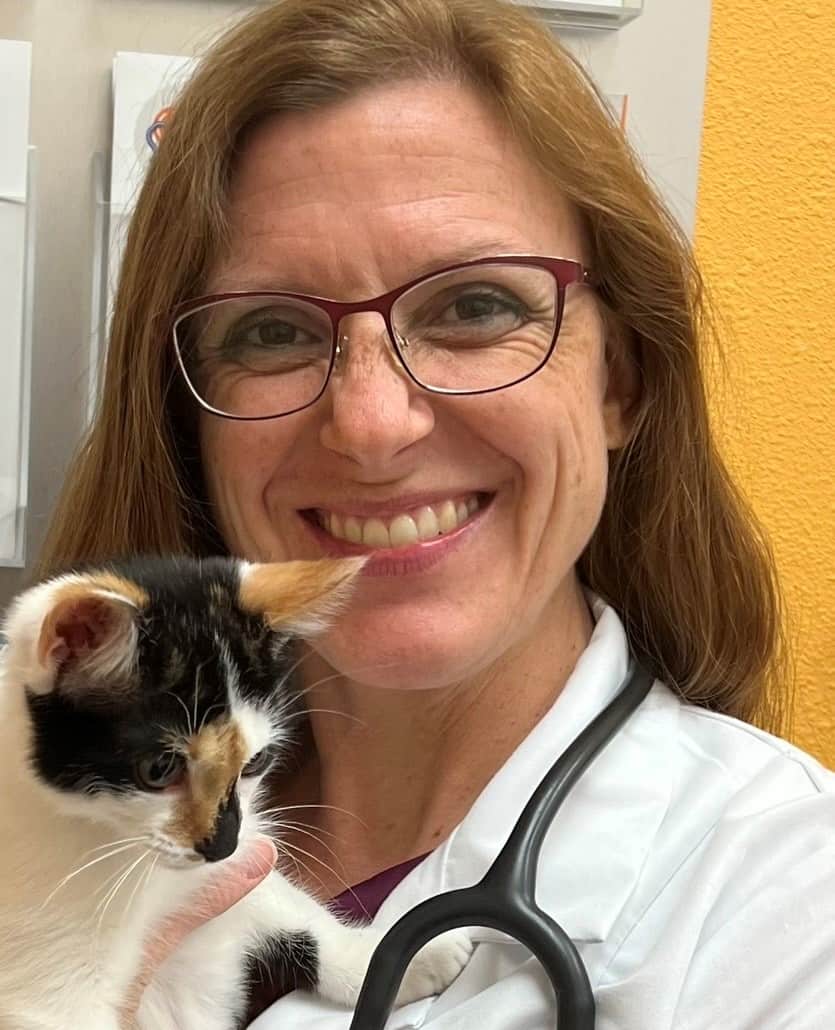Blood Test in Young Foals Might Predict Osteochondrosis
Measurement of osteocalcin (a marker of joint metabolism) in 2-week-old foals might be useful for identifying foals at risk for developing osteochondrosis.
Osteochondrosis (OC) is a developmental orthopedic disease that results from a
Share
ADVERTISEMENT
Create a free account with TheHorse.com to view this content.
TheHorse.com is home to thousands of free articles about horse health care. In order to access some of our exclusive free content, you must be signed into TheHorse.com.
Start your free account today!
Already have an account?
and continue reading.
Share

Written by:
Stacey Oke, DVM, MSc
Stacey Oke, MSc, DVM, is a practicing veterinarian and freelance medical writer and editor. She is interested in both large and small animals, as well as complementary and alternative medicine. Since 2005, she’s worked as a research consultant for nutritional supplement companies, assisted physicians and veterinarians in publishing research articles and textbooks, and written for a number of educational magazines and websites.
Related Articles
Stay on top of the most recent Horse Health news with















